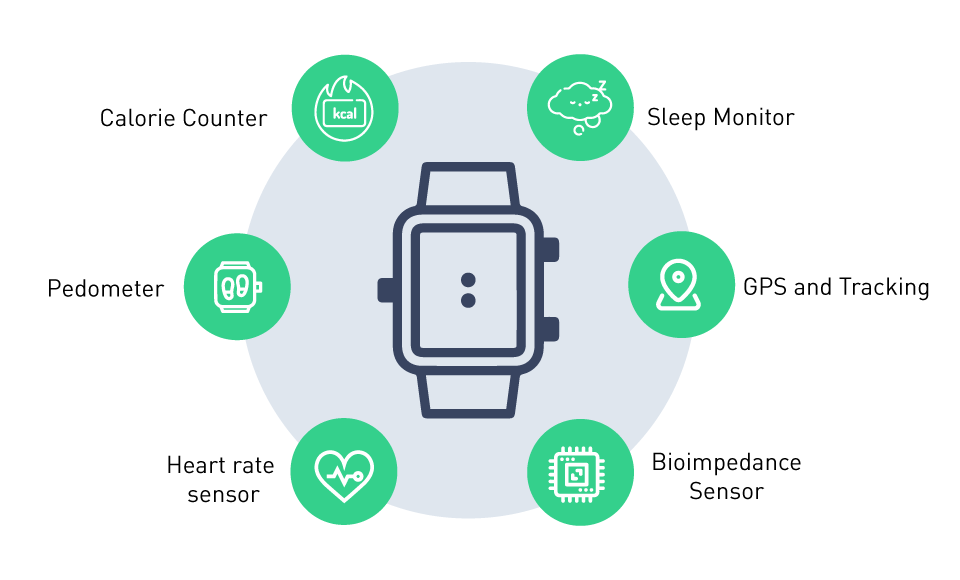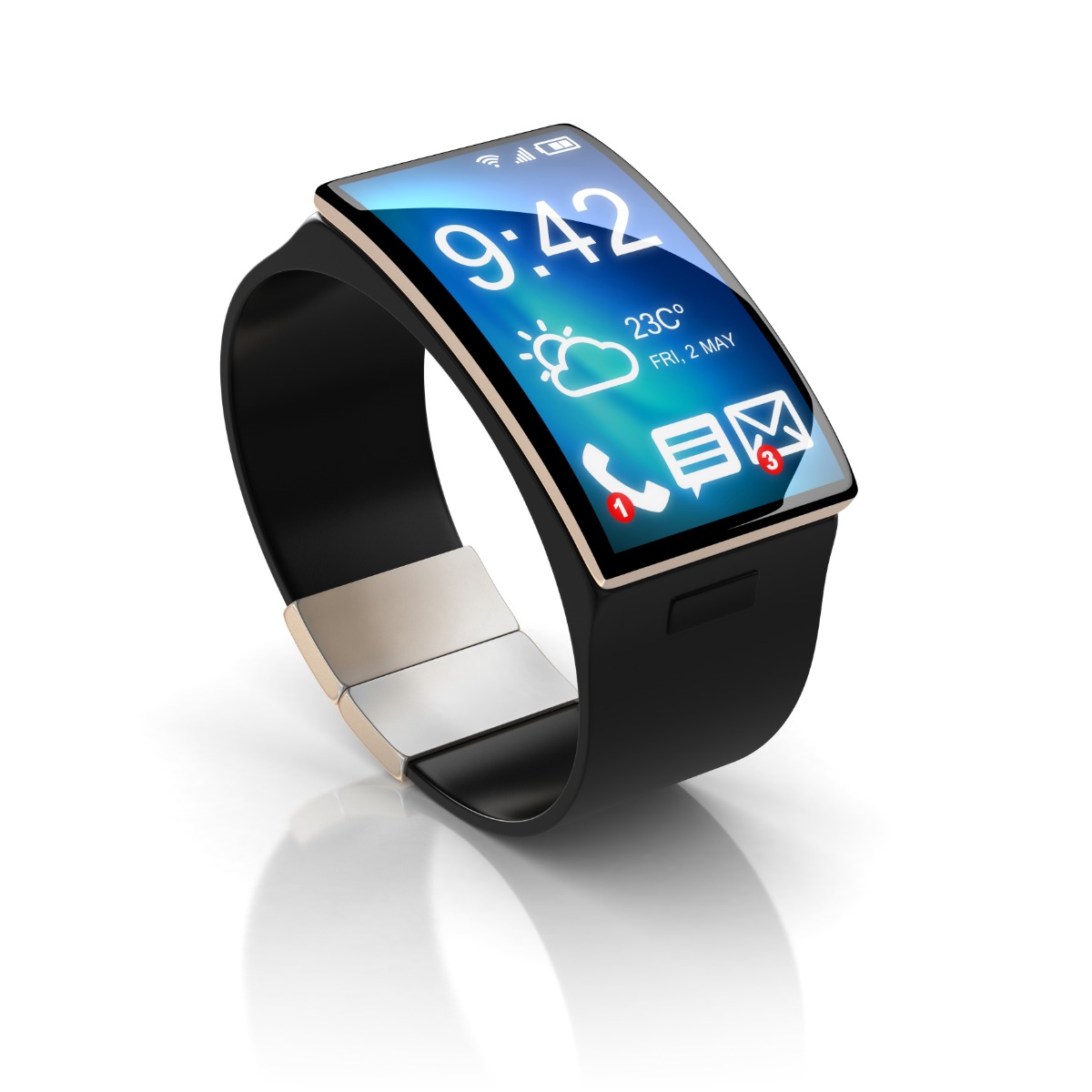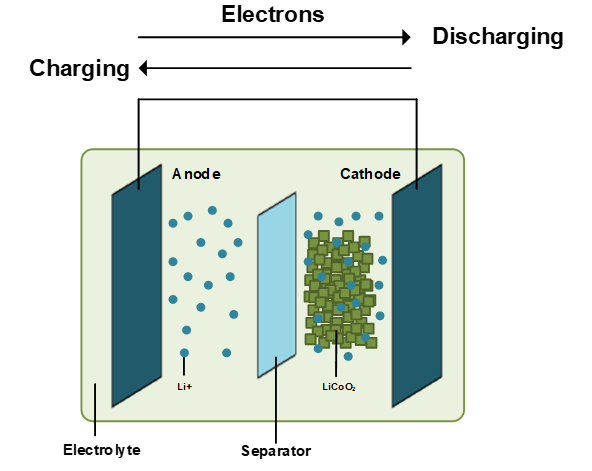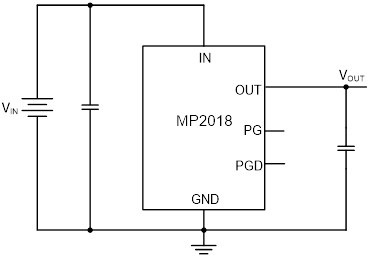Emergence of Wearables in Health and Fitness
The last few years have witnessed a substantial impact on the health and fitness domains due to the widespread adoption of wearable technology. This technology offers innovative solutions for continuous health monitoring and tracking of activities. Representing the fusion of state-of-the-art technology with healthcare, wearables provide users with unparalleled insights into their physical well-being and physiological parameters. This, in turn, fosters proactive health management.
Continuous Health Monitoring, Activity Tracking
Continuous Health Monitoring: A critical application of wearable sensors is continuous health monitoring, which allows for the real-time assessment of various physiological metrics. These include heart rate, blood pressure, glucose levels, and body temperature. Instrumental in the prompt identification of abnormal patterns and potential health issues, the acquired data enables timely medical intervention. For patients with chronic conditions, this is particularly crucial, as it ensures the monitoring of disease progression and treatment efficacy without the necessity for hospitalization or frequent clinical visits.
Activity Tracking: Permeating the fitness landscape, activity trackers provide users with detailed insights into their exercise routines, physical activities, and lifestyle patterns. Equipped with gyroscopes, accelerometers, and GPS technology, wearable devices quantify physical exertion, movements, and geographical locations. This provision offers users a comprehensive overview of their fitness levels. Assisting users in setting realistic fitness goals, optimizing workout regimes, and sustaining motivation, the consolidation of this data promotes a healthy and active lifestyle.

Figure 1: Smartwatch sensors
Integration with Healthcare Systems: Beyond being a consumer trend, the emergence of wearables in health and fitness integrates profoundly with formal healthcare systems. Synchronizing with electronic health records, the continuous and real-time data generated by these devices allows healthcare providers to remotely monitor patients' health. This, in turn, enables them to make informed clinical decisions. Pivotal for personalized medicine, this integration facilitates the customization of treatment plans based on individual health data. This enhances the effectiveness and efficiency of medical interventions.
Advancements in Sensing Technologies: Advancements in sensing technologies and miniaturization are credited for the evolution of wearables in health and fitness. The incorporation of multiple sensing modalities into a single wearable device, enhancing its functionality and applicability, has been made possible through the development of highly sensitive, accurate, and compact sensors. Contributing to the development of lightweight and user-friendly wearables, innovations in materials science ensure comfort and compliance.
User Empowerment and Preventative Healthcare: Empowering users to take control of their health, the accessibility of health-related data fosters awareness and encourages preventative healthcare. Users can make informed lifestyle and dietary choices, reducing the risk of lifestyle-related diseases and improving overall well-being due to the availability of real-time health metrics and trend analysis.
Signifying a paradigm shift in healthcare approaches, the integration of wearable and flexible sensors in health and fitness prioritizes prevention, personalization, and user empowerment. Further refinement of wearable devices, expanding their applicability and improving dependability and accuracy, is anticipated through continual advancements in sensor technology and data analytics. Promising as a frontier, the fusion of technology and healthcare through wearables holds the potential to revolutionize disease management, health monitoring, and wellness practices.
Flexible Electronics and Sensing Fabrics
Representing transformative advancements in wearable technology, flexible electronics and sensing fabrics enable the seamless integration of sensors into textiles and the development of foldable electronic devices. Transcending the conventional rigid structures of electronics, these innovations introduce adaptability, conformability, and heightened user comfort.
Integrating Sensors in Textiles, Foldable Devices
Revolutionizing the functionality of fabrics, the integration of sensors within textiles transforms them into interactive platforms with the capability to sense, process, and respond to environmental stimuli. Incorporating miniature sensors into fabric fibers or surfaces is done without compromising wearability, flexibility, or breathability. Offering continuous health and fitness tracking, smart textiles can monitor physiological signals like temperature, heart rate, and sweat. In addition, smart textiles have applications in medical rehabilitation for monitoring patients' progress and in sports science to optimize performance.
Developments in Flexible Devices: Facilitating the development of foldable and bendable devices, the advent of flexible electronics technology expands the design possibilities of wearables beyond traditional form factors. Maintaining functionality under mechanical deformation is achieved by deploying flexible substrates, conductive inks, and deformable components in electronic circuits. Conforming to irregular surfaces and body contours, flexible devices offer ergonomic solutions and enhance the user experience. Rollable keyboards, foldable displays, and wearable patches that adhere to the skin are examples of such flexible devices.
Multifunctional Applications: Multifunctional applications spanning numerous fields are offered by flexible electronics and sensing fabrics. The development of soft, wearable medical devices is facilitated in healthcare for non-invasive monitoring and diagnosis. Consumer electronics rely on them to craft groundbreaking products, such as displays for wearables and bendable smartphones. These technologies play a crucial role in the fashion industry, empowering designers to fashion intelligent garments that dynamically adapt in aesthetics and functionality. Examples of this involve fabrics undergoing color changes and textiles emitting illumination.
Advancements in Material Science: The advancements in material science intrinsically link the progression in flexible electronics and sensing fabrics. Exploring innovative materials such as flexible nanocomposites, conductive polymers, and organic semiconductors plays a pivotal role in enhancing the mechanical, electrical, and optical characteristics of flexible devices. Continual research into novel materials and fabrication methods is extending the frontiers of durability, flexibility, and performance in the realm of electronic devices.
Challenges and Opportunities: Despite the promising opportunities offered by the incorporation of sensors into textiles and the advancement of flexible devices, challenges arise concerning reliability, durability, and scalability. To address these challenges and realize the full potential of flexible electronics and sensing fabrics, continual refinement of materials and manufacturing processes is imperative. Advancing research is set to unlock fresh possibilities in personalized healthcare, human-computer interaction, and ubiquitous computing through the convergence of wearables with intelligence, flexibility, and connectivity.
To redefine the opportunities of wearable devices, flexible electronics, and sensing fabrics are pioneering developments that merge the technology and textiles domains. Demonstrating the collaborative synergy among electronics, material science, and design, the incorporation of sensors into flexible substrates and fabrics stands as a testament to interdisciplinary integration. Promising prospects arise from the dynamic landscape of flexible and textile-integrated electronics, offering enhancements to human life, health, and interaction with the surrounding environment. This sets the stage for the advent of the next generation of wearable technology.
Challenges in Power Management and Durability
In the diverse domains where wearable and flexible sensors bring unmatched advantages, significant challenges emerge in the realms of power management and durability. The advancement and adoption of such devices hinge crucially on effectively managing energy consumption, as well as ensuring their longevity and reliability.
Energy Harvesting
Due to the limitations on battery size and capacity in such compact and lightweight devices, energy harvesting is a basic concern in wearable and flexible sensors. Engaged in the quest for prolonged operational capabilities, there are ongoing efforts to develop innovative energy harvesting techniques. These methods aim to capture ambient energy from the environment, including solar, thermal, and kinetic energy. Examples of technologies utilized to augment battery power in wearables include piezoelectric materials, converting mechanical stress into electrical energy, and thermoelectric generators, generating power from temperature differences.
Despite advancements, the substantial challenge lies in effectively optimizing energy harvesting to generate ample power while upholding both device portability and user comfort. Ongoing research aims to create energy harvesting solutions that are efficient, scalable, and sustainable, capable of meeting the diverse energy needs across various wearable applications.
Ensuring Longevity and Reliability
Considering the diverse and often demanding environments in which the wearable and flexible sensors operate, their durability and reliability are equally important. Enduring exposure to mechanical stresses, temperature fluctuations, and moisture, these devices require resilient designs and materials capable of withstanding such challenging conditions. To ensure functionality and longevity, developing wearables with high resistance to environmental factors and mechanical deformation is essential.
To address these challenges, the selection of materials and the design of the device play critical roles. In the realm of wearables, materials must possess not only flexibility and lightness but also durability and resilience. Essential for bolstering the structural integrity and longevity of wearable devices is the encapsulation techniques, incorporation of protective coatings, and advancements in material science.
Addressing Power Consumption
Another integral aspect of designing wearable devices is balancing functionality and power consumption. To increase the battery life and decrease the charging frequency, efficient power management techniques are important. The process includes fine-tuning the power consumption of individual components, incorporating low-power modes, and creating algorithms that intelligently manage power consumption based on usage patterns and requirements.
Despite facing these challenges, ongoing progress in design methodologies, technology, and material science is playing a crucial role in crafting wearable and flexible sensors. These sensors come with improved power management, enhanced reliability, and heightened durability. Realizing the full potential of wearable technologies in healthcare, fitness, and diverse sectors hinges on the convergence of these solutions. This convergence facilitates a user experience that is both seamless and enduring.
Key considerations in the design and deployment of wearable and flexible sensors revolve around addressing challenges in power management and durability. Crucial for optimizing the impact and utility of such innovative technologies is the resolution of these challenges. As advancements continue, the future presents promising prospects for overcoming these obstacles and discovering new possibilities within wearable and flexible sensing technology.
Case study: A Next-Generation Smartwatch with Multifunctional Sensors
Next-generation smartwatches exemplify the pinnacle of integration between multifunctional sensors and user-centric design in the rapidly evolving landscape of wearable technology. Exploring a revolutionary model, this case study highlights its distinctive feature—innovatively integrating a diverse range of sensors. The model takes a holistic approach to health and lifestyle management, simultaneously pushing the limits in power management and durability.
Integration of Multifunctional Sensors: Imagine a smartwatch with advanced integrated sensors, enabling activity tracking and ongoing health monitoring. Offering real-time data on diverse physiological and environmental parameters, the device includes heart rate monitors, gyrometers, environmental sensors, and accelerometers. Enabling users to track their heart rate, sleep quality, activity levels, and exposure to environmental factors, these sensors promote informed choices in health and lifestyle.
Enhanced User Interaction: Apart from health monitoring, the advanced interaction features of this smartwatch, including responsive voice commands and gesture recognition, result from the integration of advanced vision systems and microphones. Enhancing user interaction, including haptic feedback and a high-resolution display facilitates effortless navigation and access to many features and applications.
Revolutionary Power Management: This smartwatch uses a suite of innovative solutions addressing the perennial challenge of power management in wearables. Utilizing an ultra-low-power microcontroller and employing sophisticated power management algorithms, this device achieves optimal power consumption across various functionalities. In addition, to draw energy from body heat, ambient light, and movement, the device utilizes energy harvesting technologies. This significantly extends battery life and diminishes reliance on frequent charging.
Robust and Flexible Design: By using cutting-edge materials and design principles, the smartwatch exemplifies resilience and flexibility. Ensuring durability while preserving user comfort, the incorporation of flexible electronics and high-strength, lightweight alloys is paramount. Designed to endure everyday wear and tear, the device guarantees reliability and longevity in diverse environmental conditions, including exposure to water and extreme temperatures.
Implications and Future Prospects: Signifying a noteworthy advancement in wearable technology, the arrival of advanced smartwatches heralds a promising fusion of health monitoring, user interaction, and lifestyle management. Paving the way for a unified and all-encompassing user experience is the incorporation of multifunctional sensors within a single, compact device.
The development of more advanced and multifunctional wearables is propelled by the continual advancements in sensor technology, material science, and energy management. In reshaping our approach to health, fitness, and overall well-being, the potential lies in the amalgamation of these technologies. This synergy offers personalized and preemptive solutions, fostering a symbiotic relationship between users and technology.
A testament to the potential within wearable and flexible sensor technology is evident in this next-generation smartwatch. Incorporating multifunctional, user-friendly design, and advanced technology, it serves as an epitome, highlighting the transformative potential of wearables in our daily existence. Bound to reveal new horizons in wearable technology, ongoing innovations and research in this domain promise to enrich our lives with unprecedented levels of convenience, connectivity, and insight.









直接登录
创建新帐号